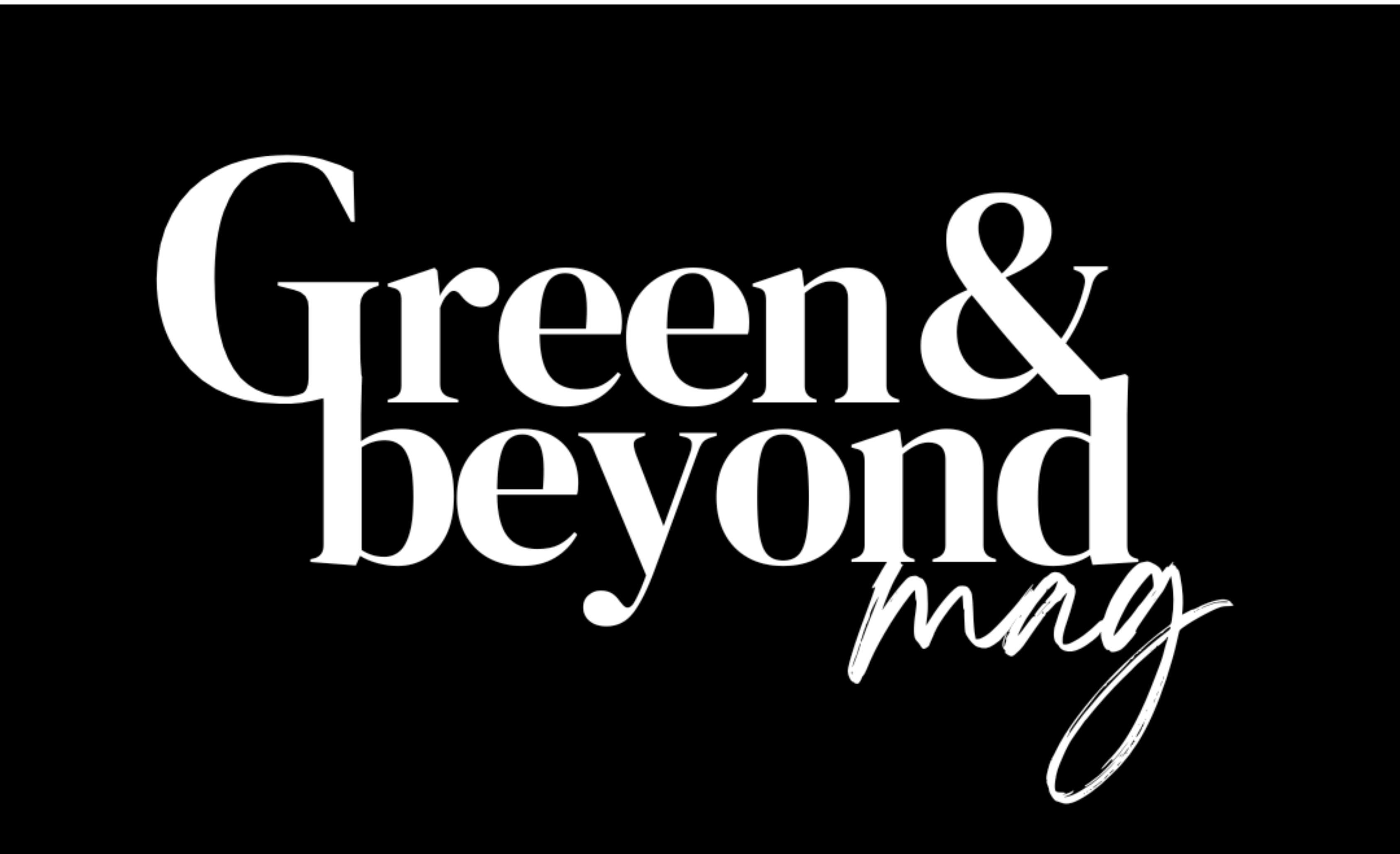With the growing awareness around climate change, Gen Zs and Millennials all around the world are stepping up to become more responsible global citizens. While many individuals are convinced that they must take action to protect the environment, many are finding the transition to be intimidating because of the price tag that comes with it. So to quench our thirst for curiosity we tried to do our own research by asking the question – Is sustainable living expensive?
So, does living sustainably really have to be expensive?
We interviewed people to figure out some of the main challenges they face when trying to live sustainably. Among the few common challenges we found, the most popular one was “it’s too expensive”. However, what’s surprising is that some people also shared a completely opposite argument. Among them, some said that being sustainable is easy and usual for them because of their financial difficulties (that should mean that it’s relatively cheaper to live sustainably, right? ); while others said, sustainable living can seem rocky at the start but in the long run, it’s extremely rewarding and saves you a ton of money if you stay invested to the journey. Even though most eco-conscious practices like recycling, reusing, conscious shopping, eating plant-based, thrifting, conserving energy, etc. are expected to minimize personal expenses, there are many factors that make people think otherwise.
But, why do people feel that way?
1. The media effect:

There is no doubt that social media heavily dominates our idea of how our lifestyles should be and it works the same way for sustainable living too. Looking at some posts on social media, many of us get the implication that sustainable living means owning a massive house with minimalistic decor and garden space, purchasing all the trendiest zero-waste accessories and ethical products, and so on. What we need to consider here is the fact that there is a gap between how sometimes sustainable living is advertised on social media and how it really is.
The good thing is that sustainable influencers and bloggers are growing aware of how this might be altering the message they are working so hard to spread. Many of them have now come up with ways to help their audience understand when they are making regular content and when it’s actually an ad by adding hashtags like #ad to those particular contents or simply by announcing an advertisement at the beginning of the caption. Besides, if you look, you will find so many incredible sustainable influencers (some of our favorite creators in the space include Kate Hall, Danielle Alvarado, Kathryn Kellog, Kira Simpson, and many more!) who are not afraid to talk about their real struggles, and how they deal with them besides the frugal and fun side of sustainable living. Make sure to check them out. You can find more sustainable influencers in the space through Ethical Influencers.
2. The price tag on sustainable products:

Let’s be real here. It is indeed true that sustainable products come with a higher price tag and there are quite a few reasons behind that.
Firstly, the ethical resources used to make sustainable goods are more expensive to produce, manufacture, and process. Growing organic cotton, for example, with fairly paid labor and strict labor rights, will surely cost more than pesticide-laden cotton processed by unfairly paid employees.
Secondly, while the demand for eco-friendly and sustainable alternatives is increasing, it is still fairly low in comparison to mainstream alternatives. This implies that, whereas mainstream non-green items can benefit from economies of scale, the same cannot be said for those in the sustainable market.
Another very important factor that adds up to why sustainable products cost more is the fact that they are made to last way longer than traditional alternatives. Many think it’s easier and cheaper to simply rely on single-use items rather than reusable ones as they seem more convenient and affordable to use, but investing once in a sustainable alternative instead can take us a long way and help us save money in the long run too. That way you don’t have to make frequent purchases all the time that just keep adding up (which is obviously more expensive!). A plastic-free reusable water bottle might cost you higher than the price of a regular single-use plastic water bottle. However, you can be certain that the reusable bottle will last you far longer, has never had any plastic around it in the first place, and will also save you money in the long run.
3. The notion that fossil fuels are cheaper :

Surprisingly, not anymore. It’s true that fossil fuels have been dominating the world’s energy supply for the past two decades due to their cheaper price range during that time. But wait, did you know? Between 2010 and 2019, the unit costs of solar and wind energy have fallen by 85% and 55%, respectively. So basically, these safer and cleaner sources of energy are not just becoming increasingly cost-effective, but also more accessible to general people.
The latest report from the Intergovernmental Panel on Climate Change (IPCC) has also confirmed that solar and wind are currently the cheapest and best options for reducing world emissions, which must be reduced by 24 gigatonnes by 2030.
4. “But wait, won’t this shift make people lose jobs?”

It’s true that the transition towards greener alternatives in the market could initially affect the income opportunities for people dependent on the ‘not so green’ industries for a living. But here’s the thing, according to ILO’s estimations, the shift towards a greener economy with appropriate policy implications could give rise to more than 24 million new jobs by the year 2030 that would eradicate poverty. So eventually, there will actually be more jobs!
You can find ethical companies with relevant opportunities on LinkedIn just by putting your keywords on the job board. You can also keep an eye on our green opportunities section to stay updated on current and upcoming relevant opportunities in sustainability.
So, how can you afford to live sustainably?
Of course, a better lifestyle can come with a price, but it does not have to be expensive. So, what can you do if you don’t have the budget? The good news is that there are several low-cost and affordable ways to live a more sustainable lifestyle. Here are a few of our favorites:
1. Avoid replacing until absolutely necessary:
Living green does not require huge investments, it can simply start with making the best use of what you already own and slowly making small transitions from there. Tossing out all of your plastic storage containers or entire plastic bottles of shampoo does not benefit the environment. Living sustainably entails using what you have to the fullest extent possible. Only then should the items be replaced with eco-friendly alternatives.
2. Learn to share and borrow:
This is especially relevant if we know we won’t be using an item frequently, or more than once. This has also emerged as a new concept in the global economy, known as the ‘sharing economy.’ For consumers, the basic concept of sharing and borrowing rather than purchasing new is undoubtedly a great practice toward more mindful and cost-effective consumption. Need a fancy dress for a dinner party, a car for a special event, or just a particular tool to fix your broken appliance? You can just approach your friends, relatives, and neighbors, use rental services, or just reach out to your local community.
Here are a few platforms that you might find useful:
Nextdoor: a platform that connects neighbors, local businesses, and services, with over 265,000 neighbors globally. After checking in and choosing your area, you will be able to see what your neighbors are posting about – stuff for sale and rent, services, lost and found items, events, and so on.
The platform is available in the following countries: the United States, the United Kingdom, the Netherlands, France, Germany, Italy, Spain, Australia, Denmark, Sweden, and Canada.
The Clothing Loop: The Clothing Loop is a community-based program that allows people to easily swap garments with others in their own community. It’s fun, free, and environmentally friendly. The concept is pretty simple – big bags packed with clothes move along a path through all participants in a certain city or neighborhood. Each member takes what they like and put something back in it for others to find. No matter where you are from, you can easily join a loop in your area or even start your own loop if there isn’t one already.
Peer-to-peer car-sharing platforms like GetAround (operates in the USA, UK, Spain, France, Germany, Austria, and Belgium) and Blablacar (operates in almost all of Europe and Latin America) can get you a car whenever or wherever you need with just a click. Now you don’t have to buy a car just because you need it for one special day.
These platforms for the peer-to-peer exchange of products and services may cost you less than goods and services provided by traditional shops. Furthermore, sharing products with individuals you know and trust, or who you met through the community may help you save money in the long term too, for example, you can purchase a lawnmower with a neighbor and just divide the costs.
3. Shop consciously:
Don’t make the mistake of becoming a rampant consumer in your effort to establish a sustainable lifestyle. Fundamentally, having less is the greatest approach to sustainability. Consider whether you really, truly require another reusable water bottle. The best way is to make a list of things you need and stick to it when you shop.
For grocery shopping, it’s always best to start with a weekly or biweekly meal plan, visit your local markets, and shop in bulk. According to this University of Portland research, customers may save up to 89 percent by purchasing bulk groceries. Besides, buying fresh produce from your local market will not only help you eat healthy and unadulterated food but also enable you to support your local farmers.
4. Invest in quality:
A cost-effective sustainable approach is to invest in a few high-quality long-lasting sustainable goods (remember to only buy when you need to). When we are on a tight budget, it may seem contradictory, but choosing high-quality durable items made of lasting materials, rather than products that wear out too soon, can be cheaper in the long term. Your carbon impact will not only be reduced in the long run, but you will also generate less waste. Even though spending more money upfront than we are accustomed to can be unsettling, there is a good chance you will be motivated to take better care of these items and, overall, value them more.
5. Do what you can:
Nobody has ever said that sustainability has to be all or nothing. If you believe you cannot afford a truly sustainable way of living, just do what you can. Remember – something is always better than nothing.

All in all, a greener lifestyle can actually be quite affordable, less wasteful, and more convenient for people and the planet if you know the right approach to it. Still, got queries? Send us an email at hello@greenandbeyondmag.com. Cheers!







